
There is no previous post
Previous Post
Next Post
There is no next post
eJEST - Oakville's Path to Sustainable Transit Initiatives
Oakville: A Dynamic Urban Hub Committed to Public Transit Excellence
Located along the scenic north shore of Lake Ontario, Oakville, Ontario, is a thriving town situated between the major urban centers of Toronto and Hamilton. With a growing population of 231,000, Oakville has evolved from its founding in 1857 into a vibrant community, offering a high quality of life for residents and visitors alike.
Oakville Transit plays a vital role in the town's infrastructure, operating a multi-modal transportation system that includes conventional fixed-route services, on-demand transit, and specialized services for residents with unique needs. The fleet consists of 102 conventional buses and 24 on-demand and specialized vehicles, providing coverage across 22 local routes and eight school-specific routes designed to serve the community’s high schools. With over 1,137 bus stops spread throughout Oakville, the transit system is designed to ensure that residents have accessible transportation options across the town.
in 2011 Oakville Transit moved into a newly constructed facility and bus garage and service centre.
In 2020, Oakville unveiled a seven-year plan to acquire 60 electric buses, supported by funding from the Government of Canada, Government of Ontario, and the Town of Oakville. This plan is part of Oakville Transit’s long-term strategy to electrify its entire fleet, requiring both energy resources and infrastructure upgrades to meet the future BEB needs under the Investing in Canada Infrastructure Program.
In 2022, Oakville Transit saw over 2.5 million boardings, highlighting its importance to the daily lives of residents. As urbanization increases and the demand for sustainable transport solutions grows, Oakville is well-positioned to expand its transit services to meet future needs. The success of its on-demand and specialized services with Karsan eJEST, in particular, speaks to the evolving transportation preferences of the community, ensuring that Oakville remains a leader in transit innovation and accessibility in the region.

Key Reasons for Electrification in Oakville
Environmental Sustainability:
With over six million kilometers traveled annually by Oakville Transit buses, diesel fuel is the largest contributor to the town's GHG emissions. Shifting to zero-emission battery electric buses (BEBs) will greatly reduce these emissions, aligning with Oakville’s Climate Change Emergency declaration and broader sustainability goals. BEBs eliminate tailpipe emissions and reduce noise pollution, contributing to cleaner air and quieter streets. In Ontario, GHG-free electricity for overnight charging makes the transition even more environmentally impactful, reinforcing Oakville's commitment to combating climate change and improving long-term environmental sustainability.
In Ontario, the electricity used to charge buses at night is almost free of greenhouse gas (GHG) emissions, making the overall environmental impact minimal. Since Karsan eJEST electric buses do not produce emissions while idling (when the bus is stopped but still running), this eliminates the environmental issues typically caused by idling diesel buses.
Health Benefits:
Reducing air pollution has direct health benefits for Oakville’s residents. The elimination of pollutants such as nitrogen oxides (NOx) and particulate matter, commonly emitted by diesel buses, helps lower the risk of respiratory issues and other pollution-related health problems, creating a safer and healthier environment for the community.

Electric buses, like the Karsan eJEST, operate much more quietly than traditional diesel buses (check the Federal Transit Bus Test), significantly reducing noise pollution in urban areas. This has a positive impact on both drivers and citizens. For drivers, the quieter environment inside the cabin reduces stress and fatigue, allowing for a more focused and comfortable driving experience. For citizens, especially those living or working along busy transit routes, the reduction in noise creates a more peaceful and pleasant urban atmosphere, improving the overall quality of life. Combination of quieter streets and cleaner air makes electric buses a win-win for communities looking to improve the urban experience for everyone.
Cost Efficiency:
While the initial investment in electric buses and related infrastructure can be high, electric buses like Karsan eJEST have lower operational and maintenance costs over time. With fewer mechanical parts and no need for fuel, electric buses are more economical in the long run, reducing the overall cost of maintaining Oakville’s transit system.
Read more about cost-efficiency here.
Energy Efficiency:
Electric buses are much more energy-efficient than their diesel counterparts, converting a higher percentage of energy into actual movement. This makes them ideal for an urban setting like Oakville, where frequent stops and starts are required, maximizing the efficiency of energy use.
Karsan eJEST bus features regenerative braking, which helps to recover energy that would otherwise be lost during braking. This system converts the kinetic energy generated when the bus slows down back into electrical energy, which is then stored in the battery for later use. In urban environments like Oakville, where frequent stops are common, regenerative braking significantly improves overall energy efficiency by extending the bus's range and reducing the demand for recharging. This not only enhances operational efficiency but also contributes to lowering maintenance costs, as it reduces wear on traditional brake components.
By maximizing energy use through regenerative braking, the Karsan eJEST becomes an even more viable solution for cities looking to achieve their sustainability goals while providing reliable and efficient public transit.
Support for Future Growth:
As Oakville continues to expand, sustainable growth is a key focus. Electrifying the transit fleet ensures that Oakville’s transportation infrastructure can grow in an eco-friendly manner, supporting a higher population while maintaining a commitment to sustainability.
Aligning with Global Goals:
Oakville's electrification initiative aligns with both provincial and national strategies for reducing GHG emissions and promoting clean energy. By leading the charge in public transportation electrification, Oakville is contributing to broader efforts to meet Canada's climate goals.
The arrival of the first 15 Karsan eJEST zero-emission BEBs in 2023 is a major milestone toward Oakville's vision of a fully electrified transit fleet. This step is not only a leap toward greener public transportation but also sets an example for other municipalities aiming to adopt sustainable practices.

The future of transit in Oakville is focused on service delivery that is modern, sustainable and innovative; continuing to meet the needs of our costumers today while supporting growth for the future
Joanne Phoenix, MES, MCIP, RPP,
Manager of Planning and Administrative Services at Oakville Transit
Manufactured by Karsan, the 20-foot eJEST electric buses are key in delivering various transit services in Oakville, including Care-A-Van, Home to Hub, and Ride On-Demand services, particularly in North and South East Oakville.
About Charging Infrastructure Development
To accommodate the charging needs of new electric buses, 10 charging stations have been installed at Oakville Transit’s operations facility, supporting the town’s ambitious electrification strategy.
The transition to a fully-electric fleet for Oakville Transit is an ambitious, multi-year strategy that aims to modernize the town’s public transportation system while minimizing environmental impact.
A phased approach has been implemented to ensure the smooth integration of electric buses like the Karsan eJEST, making it easier to adopt electric vehicle technology while upgrading infrastructure to support this change. The Karsan eJEST make this transition easier due to their efficient energy usage and minimal infrastructure requirements. Their ability to operate on existing charging infrastructure allows transit agencies to start small and gradually build the necessary infrastructure as the fleet grows. Minibuses help to further integrate larger capacity buses.
Phase 1: Using Existing Energy Capacity
The initial phase takes advantage of excess energy capacity already available at Oakville Transit’s existing garage by installing plug-in chargers to support the fleet. With buses like the Karsan eJEST, this phase is easier to implement due to their compact size and efficient charging needs, allowing Oakville to take immediate steps toward electrification without major upfront investments.
Phase 2: Facility Upgrades and Pantograph Chargers
The second phase includes more substantial upgrades to the facility, introducing pantograph chargers, which are overhead charging systems ideal for faster charging during transit operations. This phase lays the groundwork for scaling up the number of electric buses and increasing the charging infrastructure needed for full-scale electrification.
Phase 3: Final Facility Expansion and Full Electrification
In the third and final phase, Oakville Transit will continue its procurement of battery electric buses (BEBs) and complete the electrification of its transit garage. This will include the construction of new energy infrastructure and additional bus lanes, creating cost efficiencies by integrating facility upgrades and expansion into one seamless process.
This transition plan ensures that Oakville is well-prepared to meet future sustainability goals while delivering reliable, quiet, and emission-free transportation options to its residents.










.svg.avif)











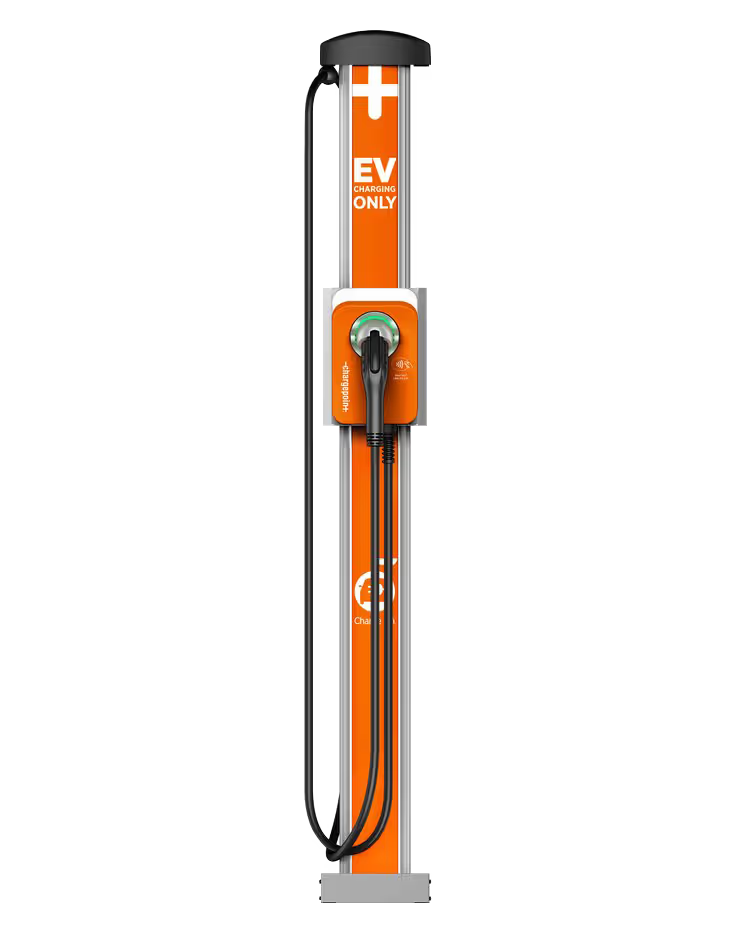





-p-500-p-500.avif)












.svg)





















.jpeg)




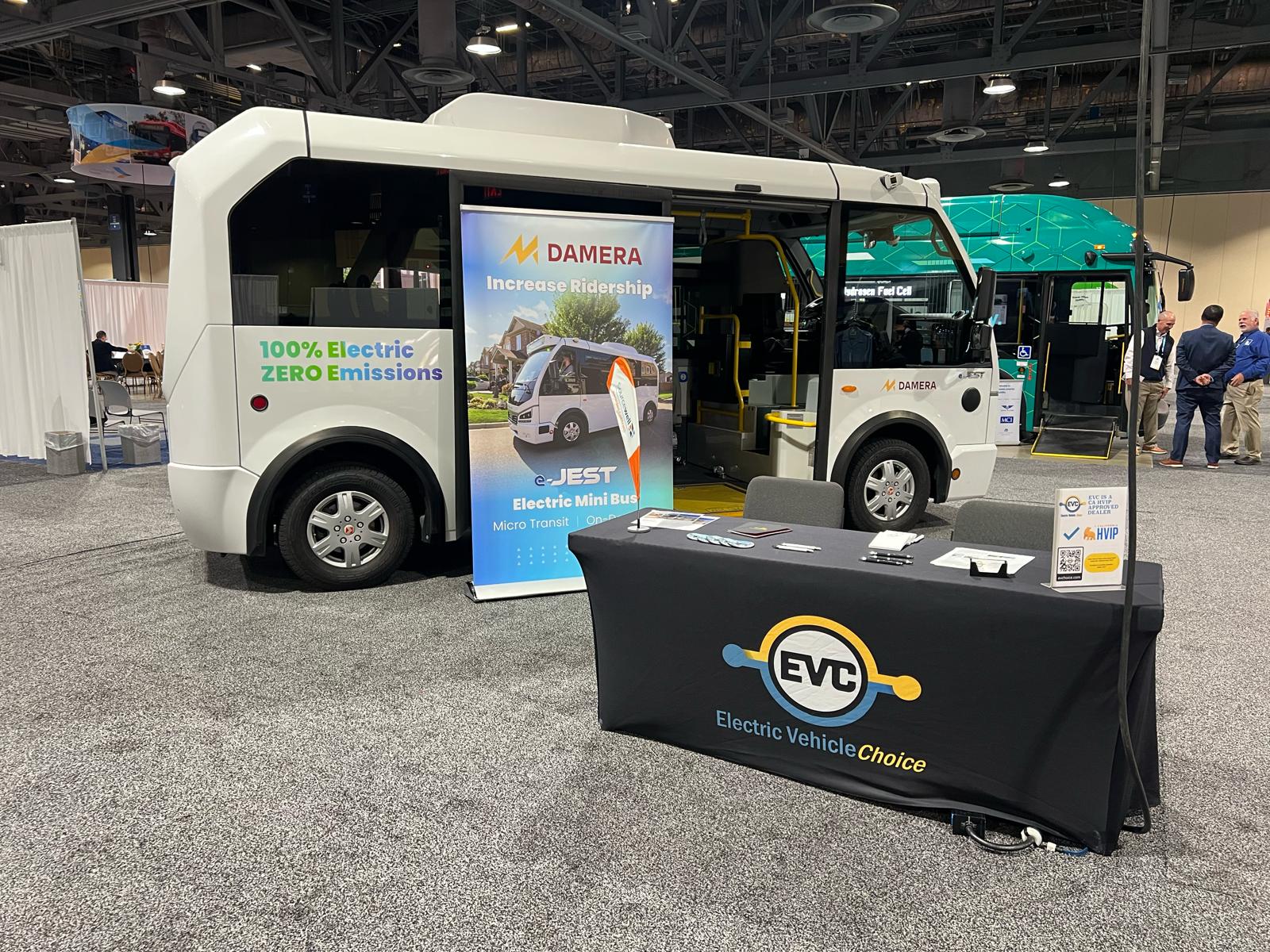
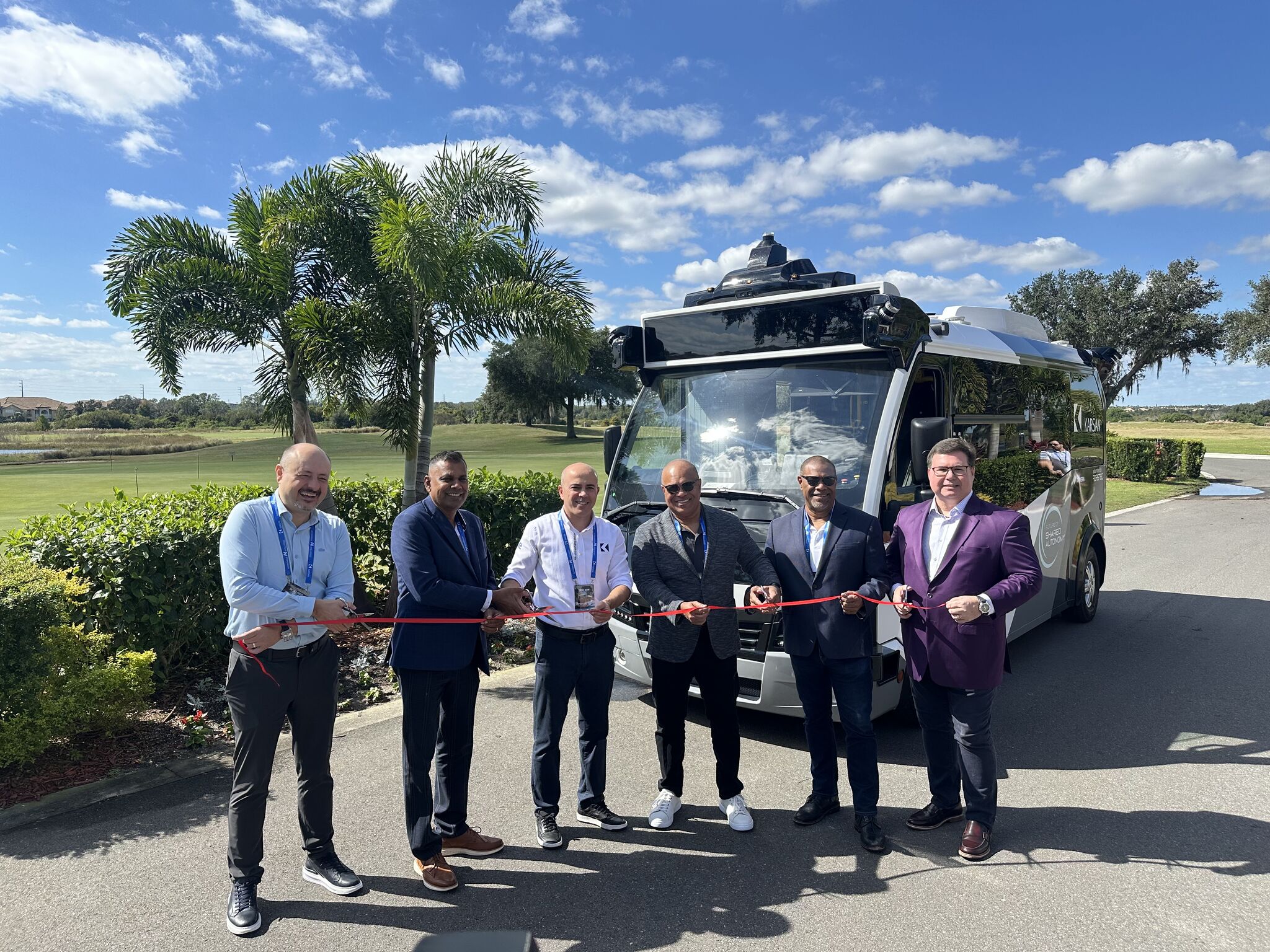

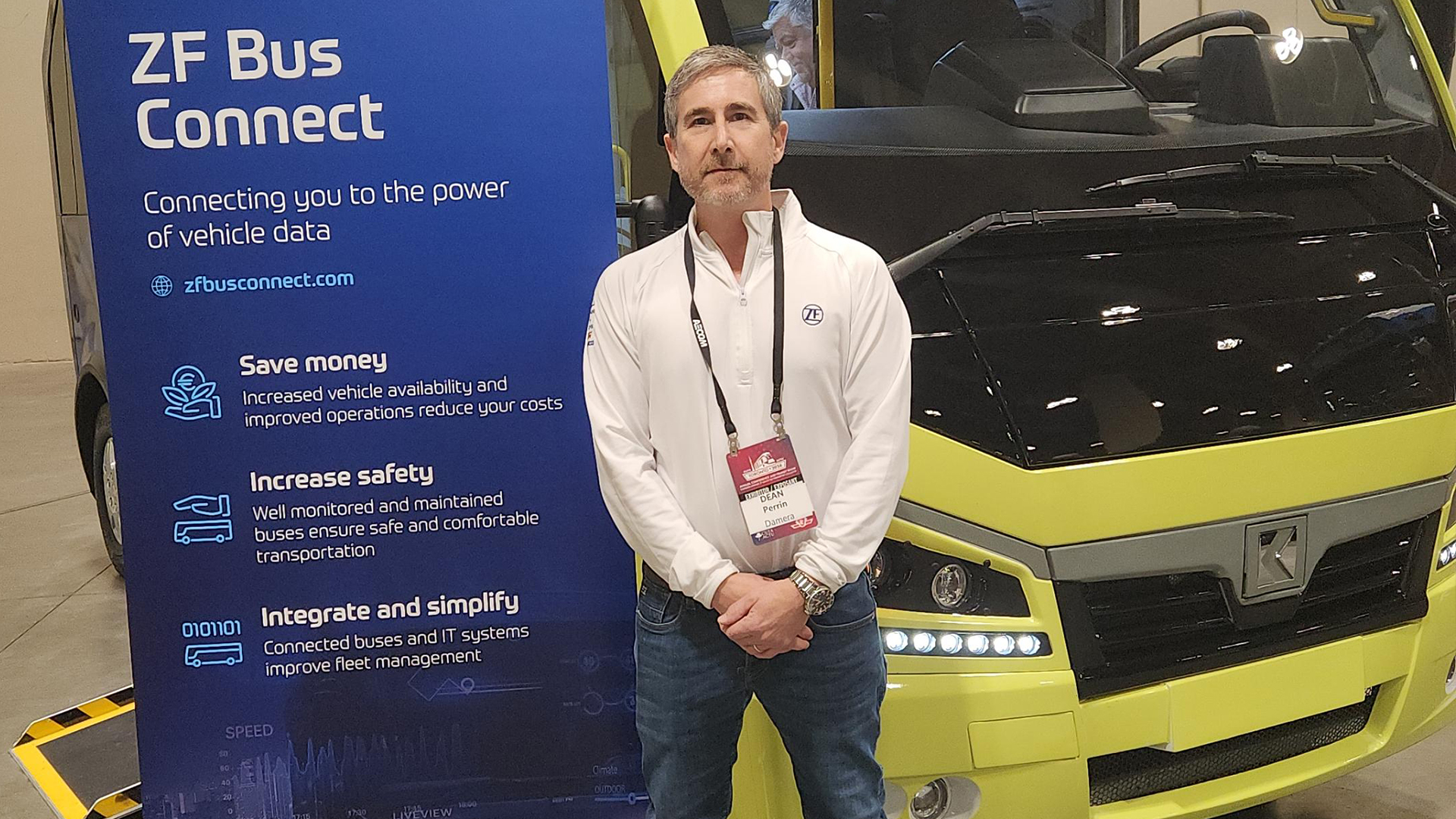



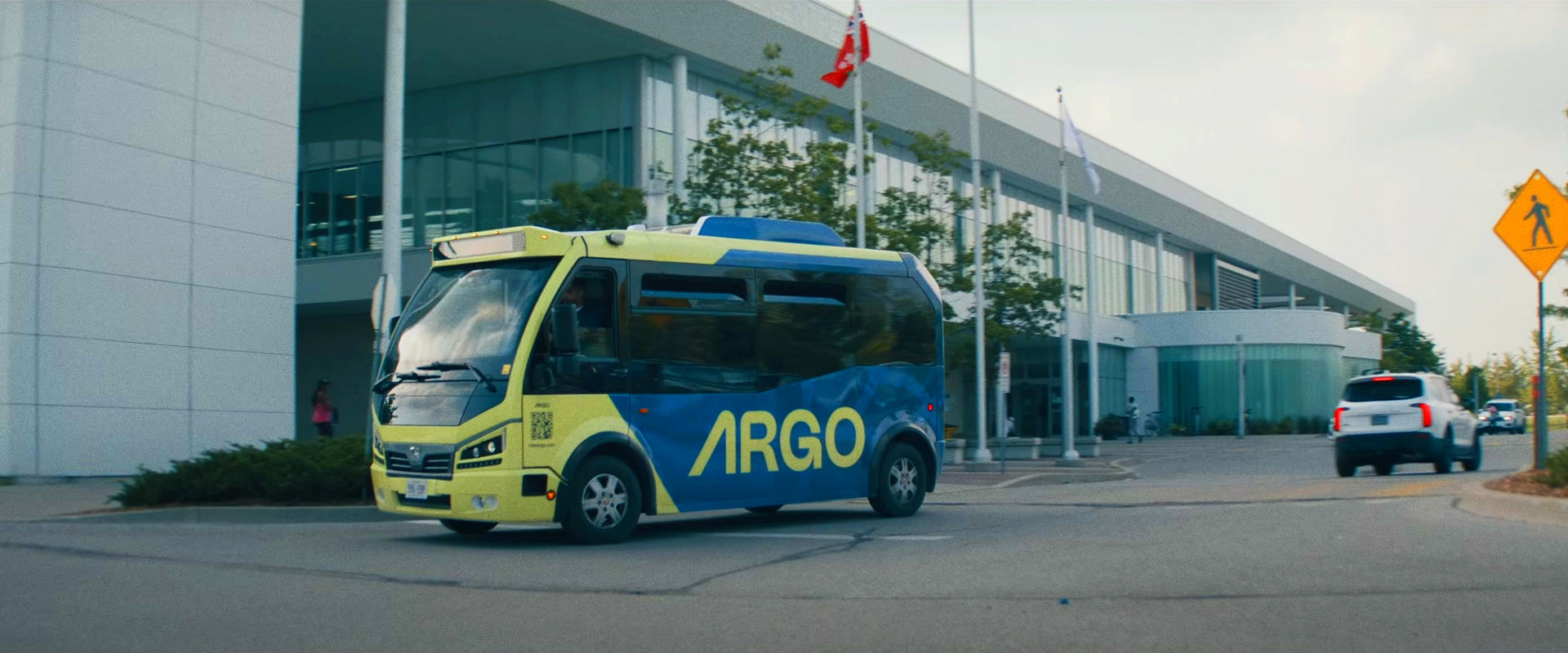

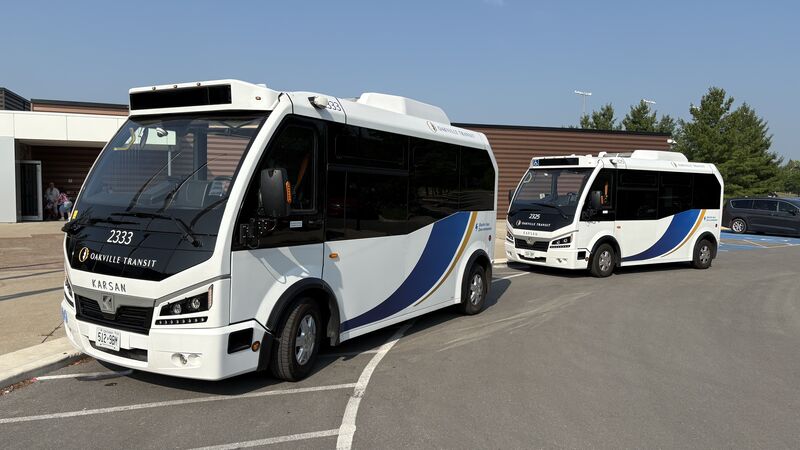
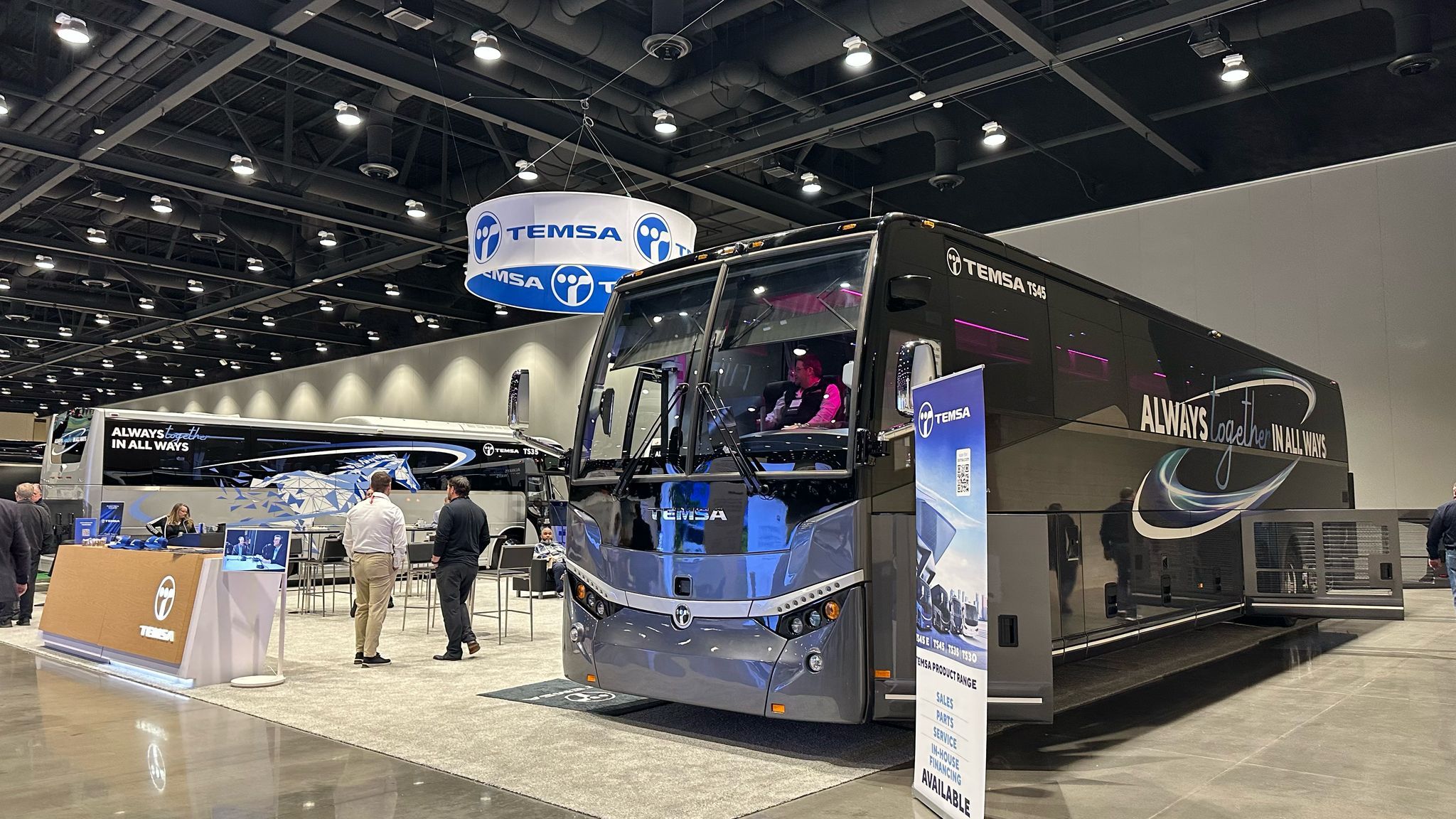




























.jpeg)






















.jpg)










